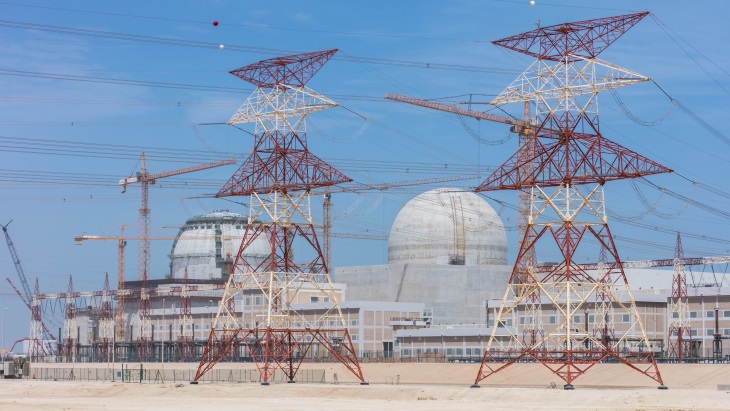The hypothetical model presents what the International Energy Agency calls "an ambitious and pragmatic vision" for how the global energy sector could develop to achieve the energy-related Sustainable Development Goals. It is consistent with a 50% chance of limiting the global temperature increase to 1.5 degrees Celsius above pre-industrial levels by 2050, in line with the Paris Agreement.
"Newcomer countries have a key role to play in the global transition to clean energy," said Milko Kovachev, head of the IAEA's nuclear infrastructure development section. "They need low-carbon energy both to power economic growth and to meet climate goals - the scenario that gets them there includes more nuclear power."
Twenty-eight newcomer countries are currently considering introducing nuclear power. Two of these - Belarus and the United Arab Emirates - are nearing operation of their first nuclear power plants, while Bangladesh and Turkey have begun constructing their first nuclear power reactors.
The IAEA supports countries in developing the infrastructure for a safe and secure nuclear power programme. Last week, some 100 participants from 41 IAEA Member States attended the 15th annual Technical Meeting on Topical Issues in the Development of Nuclear Power Infrastructure at the IAEA’s headquarters in Vienna, to share good practices and lessons learned in establishing the infrastructure required for a safe and successful nuclear power programme.
The Sustainable Development Scenario assumes the deployment of negative emission technology to remove heat-trapping greenhouse gases from the atmosphere. Without such deployment, the scenario is consistent with a 66% chance of limiting the temperature increase to 1.8 degree Celsius, the IAEA said.





_47120.jpg)

_23621.jpg)






